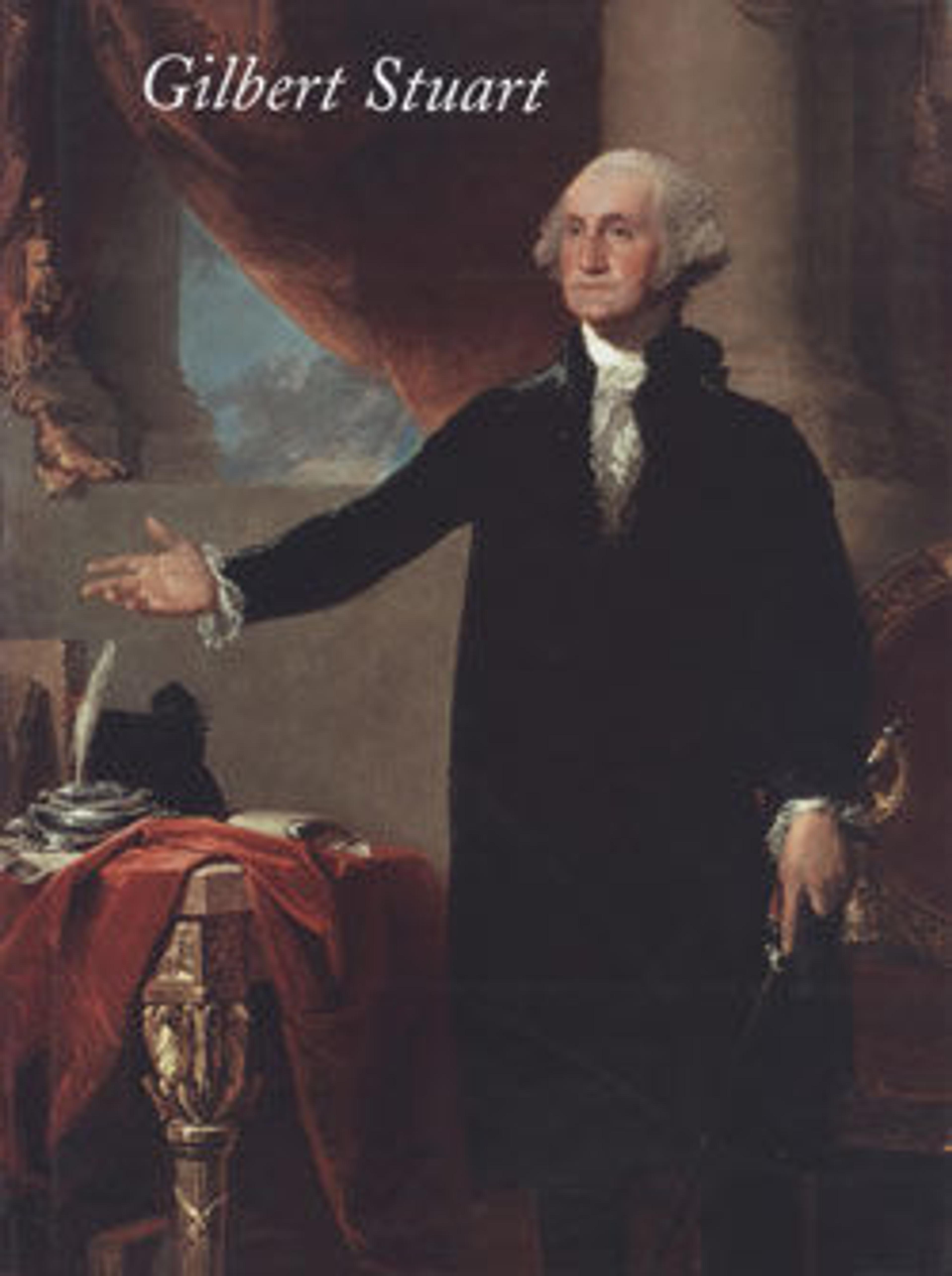James Monroe
The fifth president of the United States, James Monroe, was a Virginian who enjoyed the advantages of being the disciple and political protégé of Thomas Jefferson. Before becoming president, he had held many diplomatic posts, including service as ambassador to France and to England. The year after this picture was completed, he issued the famous Monroe Doctrine, a statement against any intervention from foreign governments in the affairs of the hemisphere. The three-quarter pose at a desk with books and papers, the billowing drapery, and the liberal use of strong, pure red are all elements of a formula that Stuart, like the Spanish Goya, frequently employed in portraits of statesman.
Artwork Details
- Title: James Monroe
- Artist: Gilbert Stuart (American, North Kingston, Rhode Island 1755–1828 Boston, Massachusetts)
- Date: ca. 1820–22
- Culture: American
- Medium: Oil on canvas
- Dimensions: 40 1/4 x 32 in. (102.2 x 81.3 cm)
- Credit Line: Bequest of Seth Low, 1916
- Object Number: 29.89
- Curatorial Department: The American Wing
More Artwork
Research Resources
The Met provides unparalleled resources for research and welcomes an international community of students and scholars. The Met's Open Access API is where creators and researchers can connect to the The Met collection. Open Access data and public domain images are available for unrestricted commercial and noncommercial use without permission or fee.
To request images under copyright and other restrictions, please use this Image Request form.
Feedback
We continue to research and examine historical and cultural context for objects in The Met collection. If you have comments or questions about this object record, please complete and submit this form. The Museum looks forward to receiving your comments.
